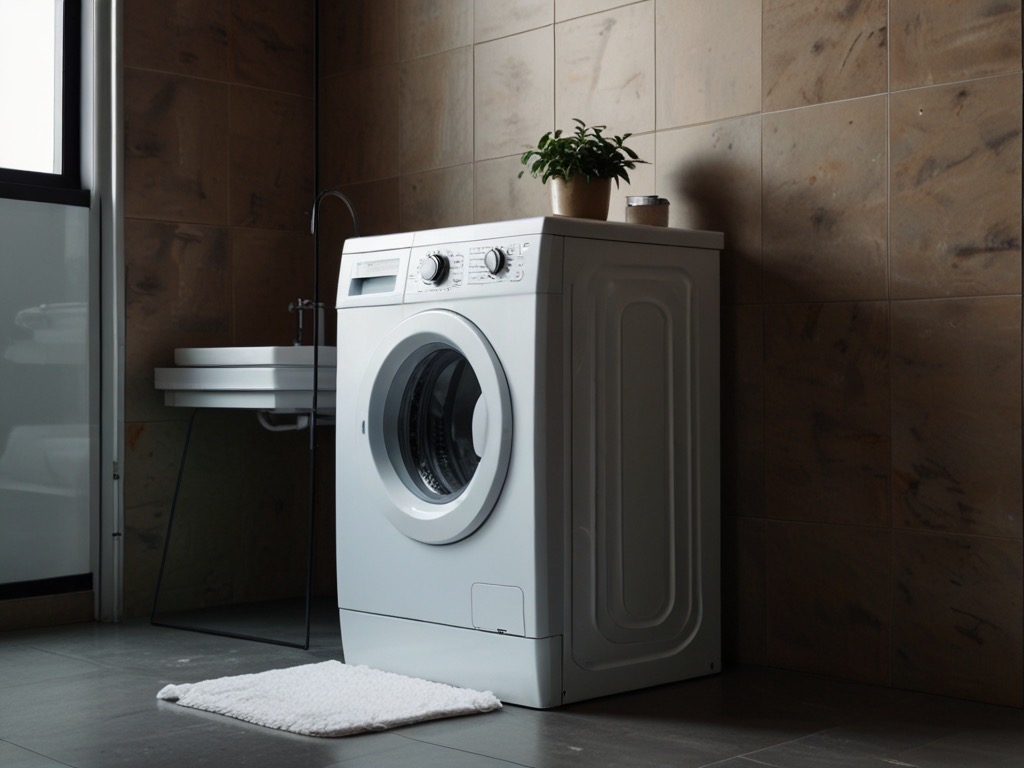A washing machine is an indispensable appliance in every home, streamlining the laundry process and ensuring your clothes remain clean and fresh. However, like any machine, it can encounter issues. One such problem is a defective drum speed sensor. This crucial component plays a significant role in the overall performance of your washing machine, and understanding its function can help you diagnose and address problems more effectively.
What is a Drum Speed Sensor?
The drum speed sensor, also known as a tachometer, is responsible for monitoring the speed of the drum during operation. It sends information to the control board, which adjusts the motor’s speed accordingly. This ensures that the washing machine operates efficiently during different cycles—whether it’s washing, rinsing, or spinning. A malfunctioning sensor can lead to various operational issues, affecting the overall performance of your appliance.
Symptoms of a Defective Drum Speed Sensor
When the drum speed sensor fails, it can cause a range of problems that may indicate its malfunction. Here are some common symptoms to watch out for:
- Erratic Drum Speed: If you notice that the drum is spinning too fast or too slow, it could be a sign of a defective speed sensor. This inconsistency can lead to improper washing and rinsing of clothes.
⠀
- Unusual Noises: A malfunctioning sensor may cause the motor to operate erratically, leading to unusual noises during the wash cycle. If you hear grinding, clicking, or excessive vibrations, it’s a good idea to investigate further.
⠀
- Error Codes: Many modern washing machines come equipped with diagnostic systems that display error codes. If your machine displays a specific code related to the drum speed sensor, it’s an indication that this component needs attention.
⠀
- Failure to Spin: If your washing machine fails to enter the spin cycle or doesn’t spin at all, it may be due to a faulty drum speed sensor. This can leave your clothes soaking wet at the end of the cycle.
⠀
- Increased Cycle Times: A defective sensor can cause your washing machine to take longer to complete cycles. If you notice that your laundry is taking much longer than usual, it might be time to check the sensor.
⠀
Causes of Drum Speed Sensor Failure
⠀
Understanding the causes of drum speed sensor failure can help prevent future issues and extend the lifespan of your washing machine. Here are some common reasons:
⠀
- Wear and Tear: Like any mechanical component, the drum speed sensor can wear out over time, especially in machines that are used frequently.
⠀
- Electrical Issues: Faulty wiring or connections can lead to inconsistent signals being sent to the control board, causing the sensor to malfunction.
⠀
- Physical Damage: If the washing machine experiences a significant impact or vibration, it can damage the speed sensor, leading to operational issues.
⠀
- Moisture and Corrosion: Exposure to moisture can lead to corrosion of the sensor’s components, ultimately affecting its performance.
⠀
Solutions for a Defective Drum Speed Sensor
⠀
If you suspect that your washing machine’s drum speed sensor is defective, it’s essential to address the issue promptly. Here are some steps you can take:
⠀
- Diagnostic Testing: Start by running a diagnostic test on your washing machine. This can help identify the root cause of the problem, including any error codes related to the drum speed sensor.
⠀
- Inspect Wiring and Connections: Check the wiring and connections associated with the drum speed sensor. Look for any signs of wear, fraying, or disconnection. Ensure all connections are secure and free from corrosion.
⠀
- Replace the Sensor: If the drum speed sensor is confirmed to be faulty, it will need to be replaced. This is typically a straightforward process, but if you’re unsure, it’s best to consult a professional.
⠀
- Regular Maintenance: To prevent future issues, schedule regular maintenance for your washing machine. This includes cleaning filters, inspecting hoses, and checking components like the drum speed sensor.
When to Call a Professional
While some issues can be diagnosed and fixed on your own, a defective drum speed sensor often requires professional intervention. If you’re experiencing symptoms of a malfunctioning sensor or are unsure about the diagnosis, it’s advisable to contact a qualified technician. They can perform thorough diagnostics and repairs, ensuring your washing machine operates smoothly.
At HOME APPLIANCE SERVICE CENTER, our experienced technicians are equipped to handle all types of washing machine repairs, including drum speed sensor issues. We understand the importance of a fully functioning appliance and are committed to providing prompt and reliable service. Don’t let a defective drum speed sensor disrupt your laundry routine—reach out to us today for expert assistance!
⠀
Contact us
 619-928-5000
619-928-5000  Request Service
Request Service 
